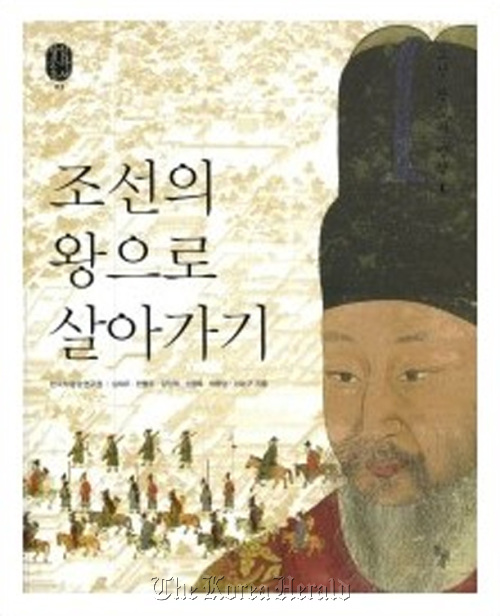
A Joseon Dynasty king would rise about 5 a.m. each day and meet with his courtiers to study and discuss state affairs. After eating breakfast, his official schedule for the day would begin.
After lunch, he would again meet with courtiers, before receiving reports from his ministers or handling civil complaints.
Although his workday officially ended at 5 p.m., he was usually busy until later handling work left unfinished or meeting again with his retinue.
The lifestyle resembles that of a present-day workaholic Korean businessman more than the pampered lifestyle expected of a ruling monarch, but such was the everyday life of kings during the Joseon Dynasty (1392-1910).
A recently released Korean book, “Living As a Joseon King,” delicately portrays the rulers’ routines based on historical records, including the Annals of the Joseon Dynasty and the Diary of the Office of Royal Secretaries. The latter is a detailed record of the daily events and official schedule of the court.
According to the book, published by the country’s leading humanities publisher, Dolbegae, Joseon era kings were busy from early dawn until late at night.
King Sejong (1418-1450), the 4th king of the dynasty and the inventor of the Korean Hangeul alphabet, usually began his day at about 2 or 3 in the morning while in office.
The king was an avid study, even when alone. If he found a book difficult to understand, he would read it 100 to 200 times if necessary.
However, the king did not like to exercise. Sejong was also very picky about the food he ate, but liked to eat meat and was obese.
The Annals record that the king suffered multiple diseases as an adult, including nervous disorders in his legs, abscesses, diabetes, failing eyesight and joint disorders caused by his lack of exercise and obesity.
Despite such busy schedules, however, the Joseon kings found time to enjoy their private lives.
The book gives more intimate details of the kings’ lives, ranging from the meanings of the names of the king and the queen’s sleeping quarters, Gangnyeongjeon and Gyotaejeon, to the kings’ marriages, and also describe a “mobile love hotel” designed and used by Yeonsangun, the 10th king.
The book’s six co-authors are local scholars of Korean history and Chinese character study, including Shim Jae-woo, a humanities professor at the Academy of Korean Studies, a state think tank, and the academy’s research fellows, Im Min-hyeok and Park Yong-man.
(Yonhap News)







